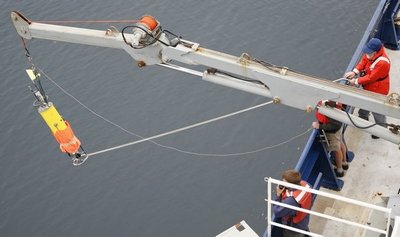October 8, 2009
Stimulus money funds studies of ocean surface waves, fire prevention and more
The last full week of September brought the UW the largest number of economic stimulus awards in a single week: 40 of them, adding up to almost $14 million.
This brings the total number to 256 and the total amount to almost $91 million. Expenditures to date are about $3 million.
Grant awards began this past spring, after President Barack Obama signed the American Recovery and Reinvestment Act.
The most recent awards include $1.5 million from the National Science Foundation to learn more about how surface waves help stir heat, chemicals and gases from the atmosphere into the ocean. Ocean mixing carries such things as the greenhouse gas carbon dioxide, or its components, deep into the ocean rather than letting them escape immediately back into the air. Waves are one force contributing to ocean mixing but most climate models don’t take it into account at all, according to Eric D’Asaro, an oceanographer with the UW’s Applied Physics Laboratory and the principal investigator.
“Our hope is to improve these mixing schemes for use in climate models and thus get better climate predictions,” D’Asaro says.
The project will compare waves in two very different settings. One will be in the northeastern Pacific Ocean where the wind is strong and the waves big. The other will be in Lake Washington where the waves are small but the wind at times can be as strong as at the site in the Pacific.
Another stimulus-funded project could help reduce forest wild fires. Millions of acres of forest land in the western U.S. are at risk for wildfires because they are dense with dead, diseased and spindly trees and plants after a century of fire suppression. Such forests could benefit from being treated with prescribed fire or thinned mechanically. Prioritizing forests for treatment is difficult, even more so if there are goals in addition to reducing wildfires, such as restoring certain kinds of wildlife habitats.
A $500,000 U.S. Forest Service-funded project aims to integrate and develop software tools, databases and management techniques to help decision making by the USFS and other agencies, according to Ernesto Alvarado, a UW research associate professor of forest resources and principal investigator.
“This project will use existing landscape models and data to help land managers and policy makers identify watersheds where fuel treatments would have the greatest potential to advance management priorities,” Alvarado says. The project is a joint venture of the UW School of Forest Resources and the USFS Pacific Northwest Research Station.

